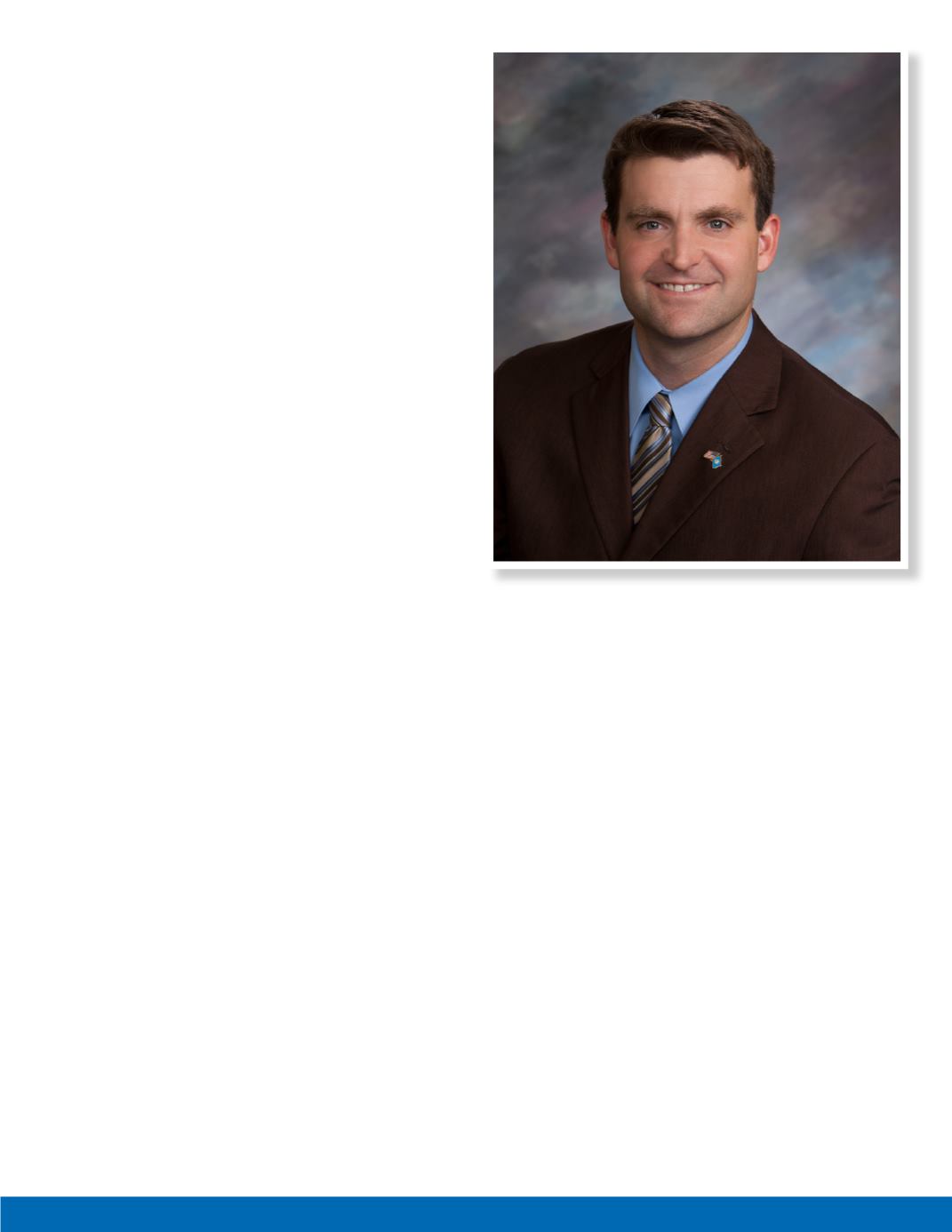
Business View Magazine
5
er/Ground Worker; 2) Ground Technician; 3) Elevated
Tower Technician I; 4) Elevated Tower Technician II;
5) Lead/Foreman. This skills-based resource will ulti-
mately serve as the impetus for the development of
a national training standard, complete with industry-
embraced guidelines and curriculum. The standards
and mandatory training that are developed will create
a smarter, safer, more capable tower technician who
is able to provide the wireless owner with the safe and
quality build-outs necessary to meet today’s demand.
The Standardization Requirements Subcommittee is
working toward creating a standardized checklist of
requirements that can be mutually agreed upon, ad-
opted, implemented and adhered to by companies in
the industry. The ultimate goal of this subcommittee
is to raise the bar and standardize safety expectations
on critical issues involving contractor evaluation. Is-
sues such as pre-hiring practices, employee screen-
ing, insurance coverage, substance abuse testing, fall
protection, training verification and many others are
being scrutinized as a result of the work of this sub-
committee.
One of the most common questions in the industry re-
volves around how to regulate the training that emerg-
es from this effort and how will that be required? The
Governance Working Group is exploring the possibility
of developing a nationally recognized third-party certi-
fication firm to administer or govern the subject matter
created by the training. The training certifications for
each individual will be reviewed and verified with docu-
mentation and updated accordingly as the technician
goes through each level of certification. Our vision is
that all of the tower industry workforce will ultimately
be trained and certified to this standard.
A Manufacturing and Engineering Solutions Working
Group has also been established to explore manufac-
turing and engineering solutions to some of the safety
hazards confronting the workforce. This working group
is engaging with industry manufacturers and engi-
neers to discuss what advancements can be made to
fall protection equipment and tower structures to help
make the industry safer for the challenges elevated
workers are confronted with on a daily basis. For ex-
ample, the working group is consulting with equipment
manufacturers to challenge them to develop a “smart
hook” or “smart lanyard” automated device that would
remove the human error element and ensure that a
technician is properly tied-off on the tower at all times
when working on towers at elevated heights.
Another major initiative of the Wireless Industry Safety
Task Force is the 100% Tie-Off 24/7 Awareness Cam-
paign. One of the early issues identified as a result of
the task force’s collaborative efforts is the fact that
many of the tower-site accidents that compromise safe-
ty involve situations where the tower technician was
Todd Schlekeway


